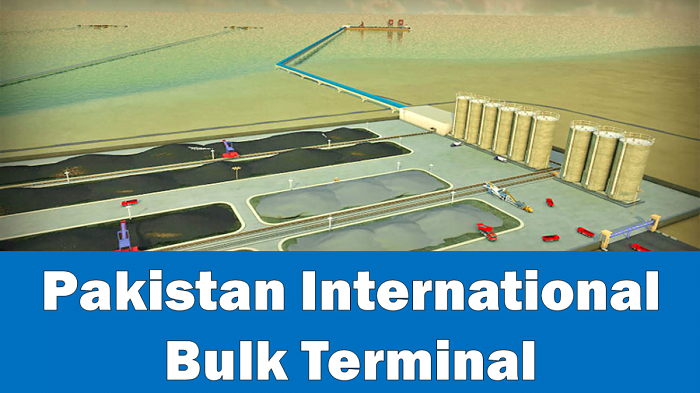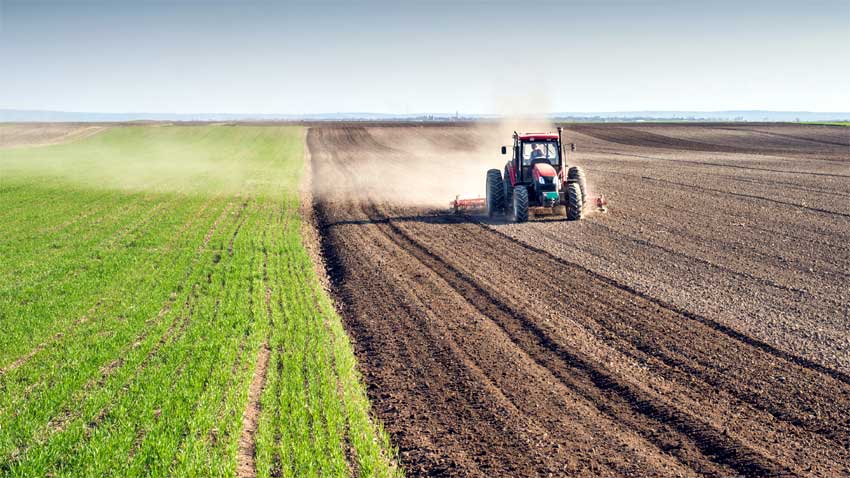September 2, 2021 (MLN): Amid geo-strategic developments and a dwindling current account balance, the Pakistani Rupee (PKR) has been compelled to spend yet another month on a rough trail.
Making and losing streaks given the unstable ground, the home unit closed the month at 166.39 against the greenback, marking the highest close of August’21, while the lowest close was recorded on August 5 at 163.23 per USD.
Throughout the month, PKR has depreciated by 2.38% against USD compared to the PKR depreciation of 0.42% in August’20.
To note, the rupee took a breather in March’21 as it recorded a remarkable performance during the calendar year, wherein, the local unit had managed to gain its ground by 3.50%.
Cumulatively, PKR lost 5.31% of its value in 2MFY22 and noted a decline of 3.88% in CY21.
Owing to high import bills, the current account deficit has widened during recent months which increased pressure on the domestic unit. In July’21 alone, the current account balance (CAB) posted a deficit of $773million, compared to a surplus of $583mn in the corresponding month last year.
To note, the surging import volume of LNG and increasing international commodity prices have inflated the import bill while the import of Covid-19 vaccination has also added significant pressure on the payment side, Zafar Paracha, Secretary-General Exchange Companies Association of Pakistan said while speaking to Mettis Global.
Increasing trade deficit largely explains depreciating PKR. “The trade deficit in August was $4.05bn, recorded an all-time high (last high $3.77bn in Jun’18). Imports at $6.3bn,” Ali Khizer, an Economist noted.
Contrary to the market expectations, the Real Effective Exchange rate (REER) decreased by 0.39 percent in July 2021 to a provisional value of 99.42, against the estimated 97, from the revised value of 99.81 in June 2021.
Expressing the concern over REER, Asad Rizvi, the former treasury head at Chase Manhattan said, “This estimation was made without realizing that remittances will not be sufficient as exports gain is nominal while higher import bill may further push current account balance, resulting in weak PKR.”
It was speculated that SDR allocation worth $2.75 billion from IMF could ease off some pressure on PKR, upon which Asad Rizvi said, “This IMF allocation of $2.77bn is conditional money to support the coronavirus crisis and not to use for the fiscal space.”
Not to forget, the political circumstances of Afghanistan have penetrated havoc throughout the region. Several concerns are being raised regarding the Taliban's takeover in Afghanistan and its due implications on the political and economic outlook of Pakistan.
The USA had frozen all the Afghan Central Bank’s assets. Meanwhile, IMF has also announced to block SDR allocation worth $460 million. Hence, Afghans can only buy goods from KPK by paying dollars in cash. Here, SBP’s strong vigilance is required to monitor the activity, as per Asad Rizvi.
In addition, the delay in payments from Afghanistan against Pakistan’s export has created pressure over the rupee.
While speaking to Mettis Global recently, Malik Bostan, President Forex Association of Pakistan stated that the informal trade channel between Pakistan and Afghanistan is contributing to the increase in dollar prices.
“Nearly 30,000 people cross the Pak-Afghan borders every day and the permission to carry $10,000 is also exploited for undocumented trade,” he added.
He also pointed out that Afghan traders open import LCs from Pakistan as they cannot open from their own homeland due to ongoing turbulence which has also weighed on the local currency of Pakistan.
Given the ongoing situation, experts suggested that strict surveillance of SBP is strongly required to monitor dollar movement.
From a sectoral perspective, currency devaluation has put the textile sector in a sweet spot. For Jul’21, textile exports stood at $234mn, up by 15.6%YoY where larger growth is being witnessed in value-added segments.
AKD securities in its report noted that exports occupy 72% share in total sales of textile sample universe where bouts of devaluation increased the price competitiveness of these players resulting in stronger volumes while net positive dollar exposure translates into exchange gains.
On the other hand, cement players already reeling from higher coal prices could witness FY22 earnings compression of 5.0% on a similar level of devaluation, while auto assemblers’ can potentially see earning attrition of up to 23% assuming no pass-on.
For long-steel players, while the potential of immediate passing of input cost pressure is high, no pass-on would have a larger impact on ASTL while MUGHAL’s exports could offset some pressure on margins.
Copyright Mettis Link News
43120




.jpeg)



